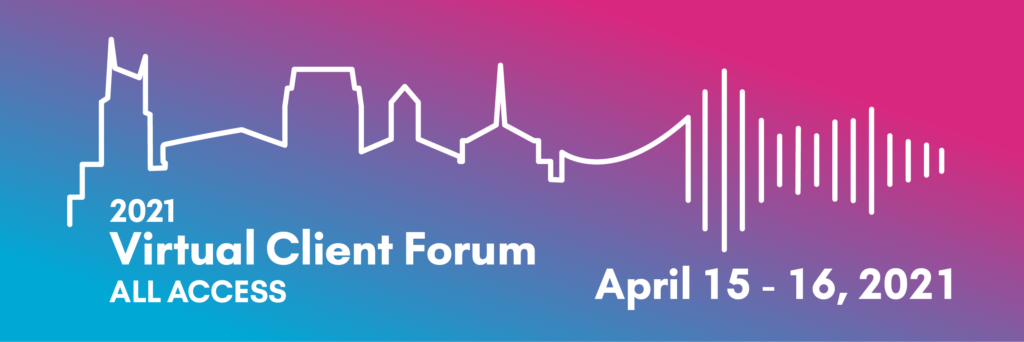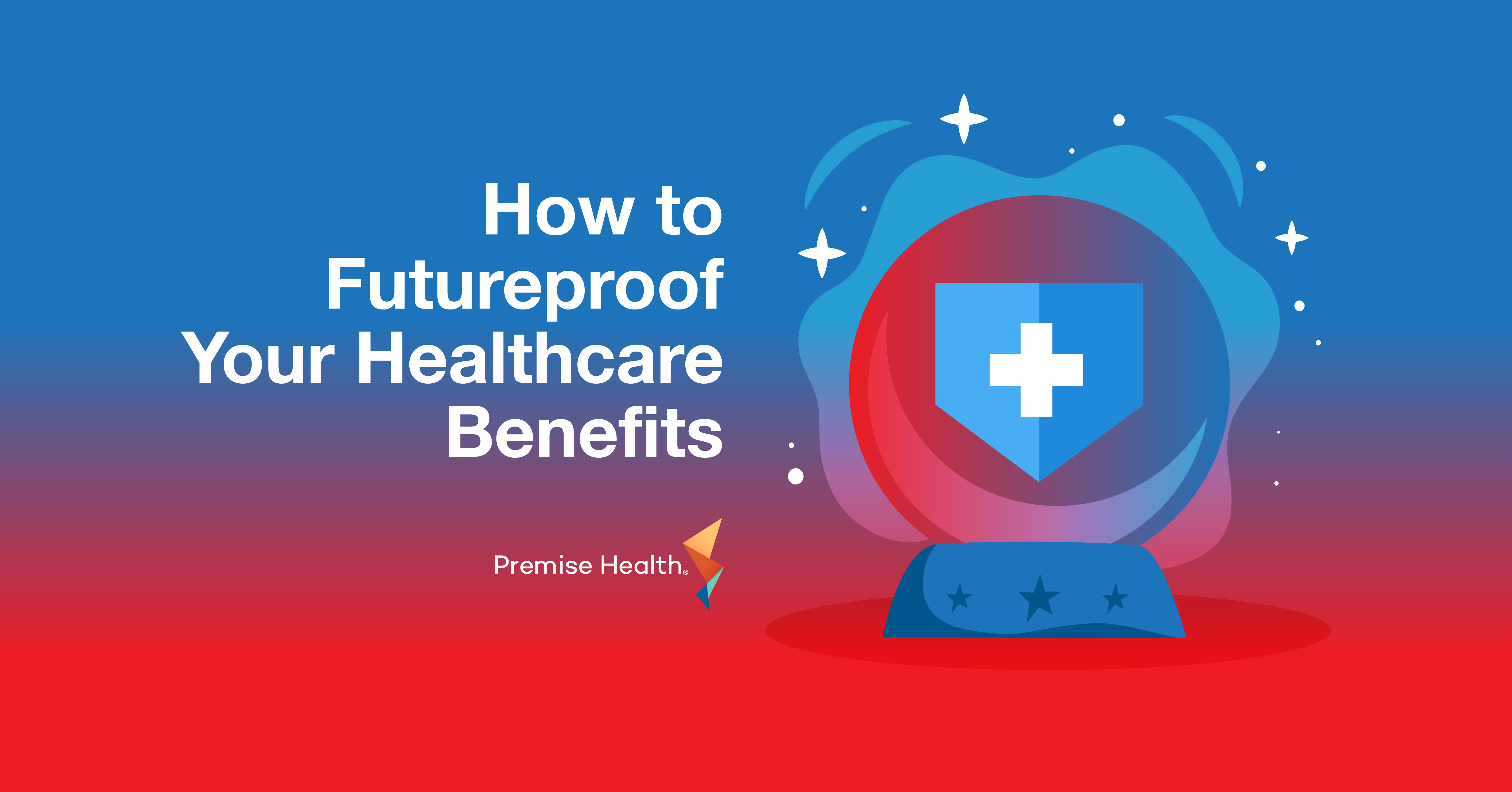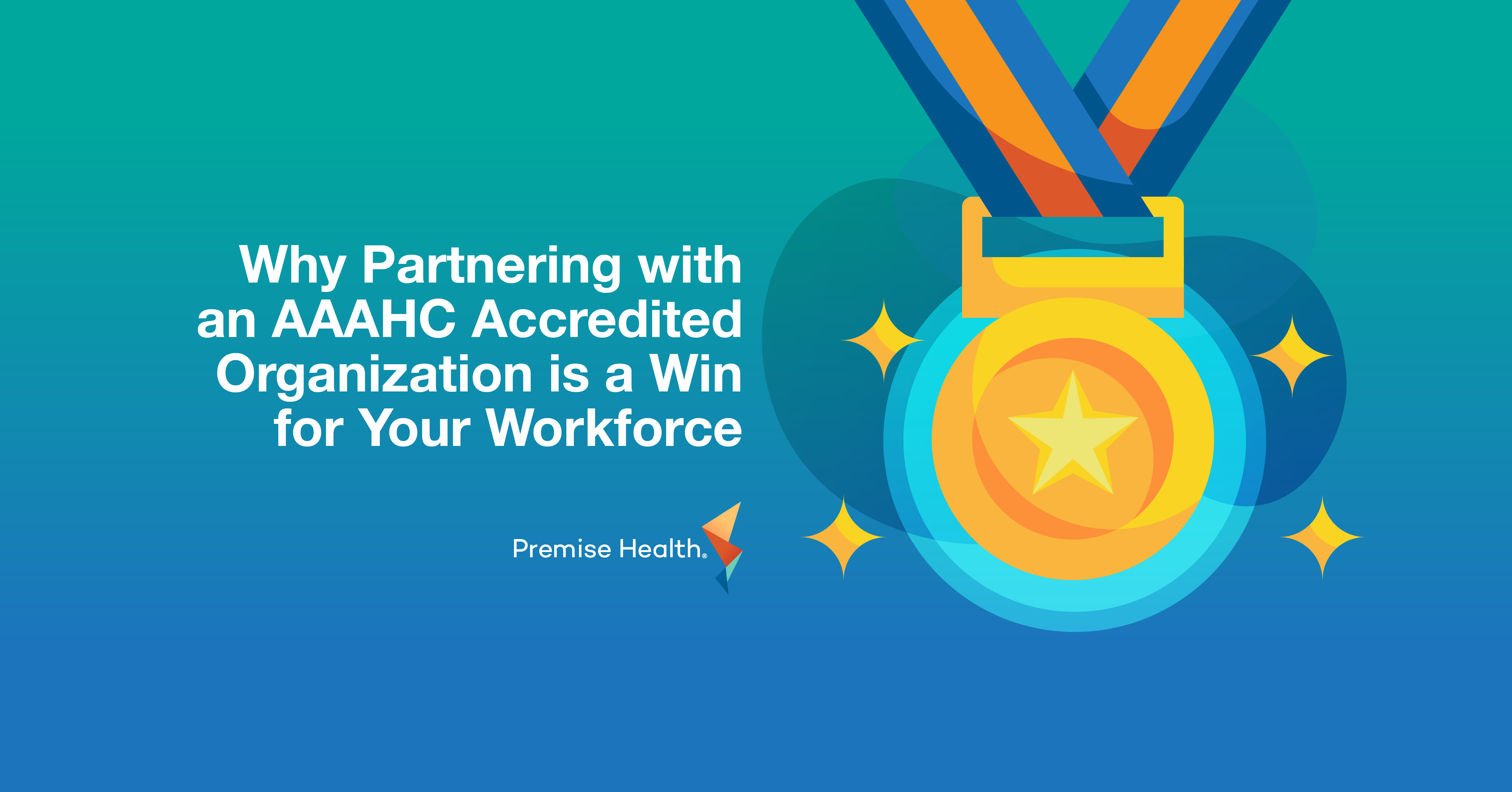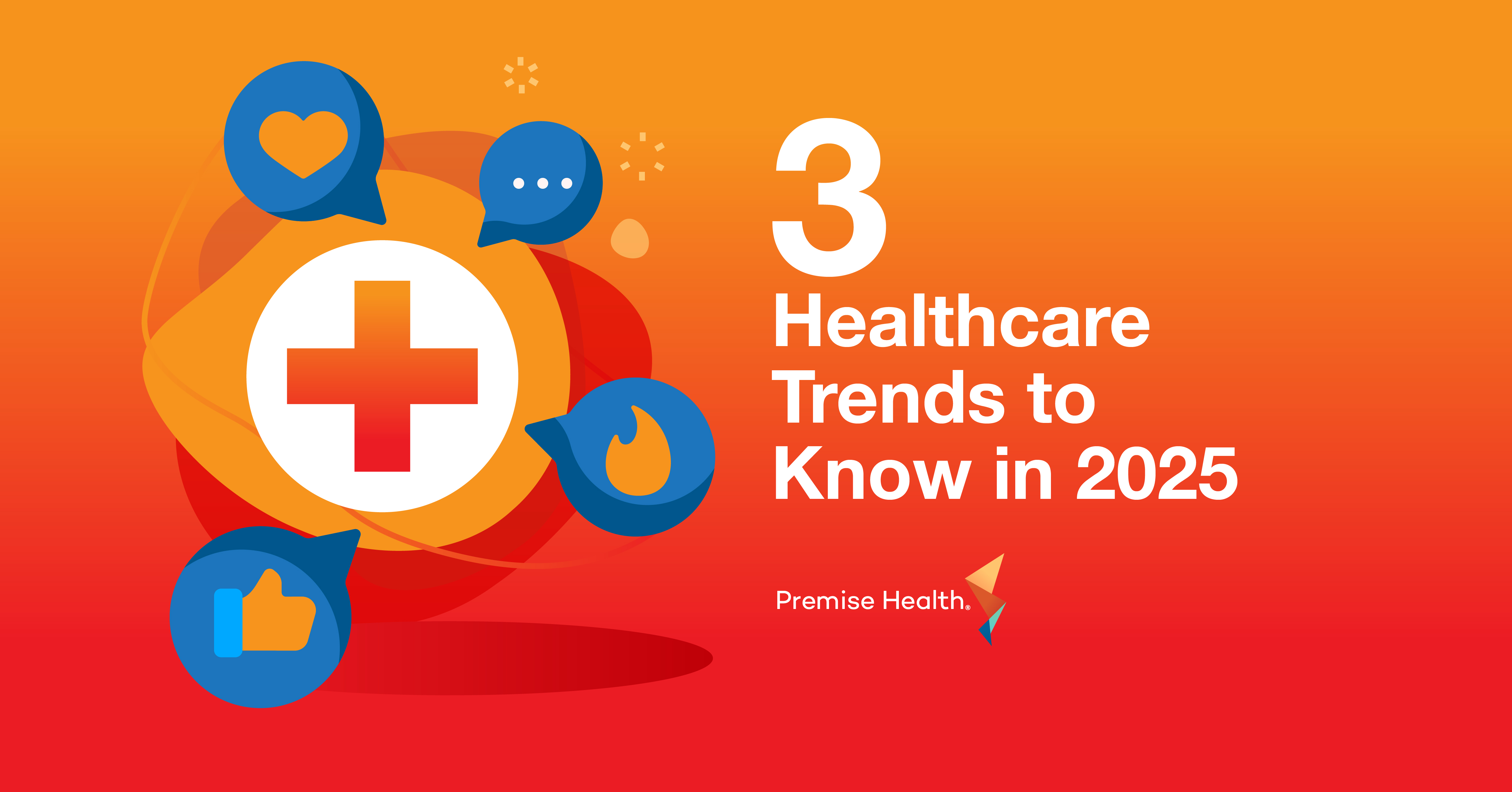Four Lessons Learned from the 2021 Premise Health Virtual Client Forum
Premise Health hosted its sixth annual Client Forum, April 15-16, 2021. The event, which typically brings Premise clients to Nashville, Tennessee for networking and best-practice sharing, was hosted in a virtual environment in light of the ongoing COVID-19 pandemic. Over the course of the two-day event, fourteen client experts joined Premise leaders to share their insights on everything from the future of the workplace to reducing your pharmacy spend, engaging members during a pandemic, and delivering inclusive, culturally competent care.

The 2021 Virtual Client Forum brought together attendees from across the country to hear firsthand how employers are meeting members where they are to provide their entire populations with access to convenient, high-quality care. Read on for our four lessons learned from this year’s event.
1. Personalize behavioral health care to your members
Over a year into a global pandemic, rates of employee burnout continue to rise. On top of the stress caused by COVID-19 and social justice issues, many people have been reluctant to seek important care in the pandemic environment. Recognizing this, many employers are taking steps to reduce the stigma of mental health in the workplace and ensure employees know what resources are available to them if they need help. Strategies to consider include offering virtual webinars or hosting conversations among employees to open up the dialogue around behavioral health. Additionally, instead of offering a buffet of benefits options, start by asking your employees what resources they need and work to solve for those asks.
Employers can help to reduce barriers to care by ensuring resources are accessible to all of their employees. For shift workers or hourly employees, ensure that behavioral health providers are accessible during off hours or consider offering paid time off so employees feel encouraged to get the help they need. By removing barriers to care, organizations can send a message to their employees that their health matters.
2. Think outside the inbox
Engaging members in their health can be a herculean task in a normal year, let alone during a pandemic. Employers have been forced to think outside the box to find new ways to connect with their workforce. Consider offering virtual wellness seminars, fitness competitions, or virtual personal training sessions to attract new members that might not have engaged with your offerings in a physical environment.
Additionally, rethink your communication strategy to engage your members in a way that makes them want to engage back. When you have information to share, keep it light by creating a funny video or add messaging to an internal platform where it will be more visible to your workforce. If your employees work in a setting where they aren’t in front of a computer during the day, the use of signs, flyers, or one-to-one interaction may yield better results.
3. The “new normal” will be a combination of in-person and virtual
As organizations continue developing plans for returning to work, many are realizing the future will be not be in-person or digital, it will be both. Employee healthcare strategies should reflect this hybrid model and offer multiple access points to meet workers wherever they are. Investing in a healthcare solution that integrates these offerings will be critical as workers begin to expect more flexibility in the new normal.
Now that everyone is eligible for the COVID-19 vaccine, addressing hesitancy is of the utmost importance on top of staying vigilant with ongoing testing and screening efforts. Employers can encourage their workers to get vaccinated by offering COVID-19 vaccine time off, vaccinations at the workplace, and education on the vaccines that are currently available.
4. Trust is missing from healthcare
One of the main reasons why organizations report successful direct healthcare solutions is the personalized approach to care and trusted relationships providers build with members. Several employers shared how adding onsite or nearsite pharmacy helped bridge care gaps and increase engagement with their wellness centers. Pharmacists do so much more than dispense medicine. For members that have been recently diagnosed with a new disease, pharmacists provide the necessary knowledge and support to make them feel comfortable. Through proactive outreach and education, pharmacists also help improve health outcomes. Especially during COVID-19, having access to a trusted provider can bridge the gap between delayed care and engaged members.
This level of trust not only impacts the member experience, but also an organization’s cost savings. When a member is prescribed a high-cost, specialty medication, having a one-on-one conversation with a pharmacist onsite allows for discussion of alternative formulations or medications, saving money for both the member and the employer. As individuals return to work and begin seeking healthcare in-person again, trusted relationships with healthcare providers will be key to each individual’s success.
Premise clients include self-funded employers, labor unions, associations, and Taft-Hartley funds, in industries ranging from manufacturing and defense to financial services and entertainment. Want to learn more about how Premise can help your organization? Get in touch.
Next on industry insights.

How to Futureproof Your Healthcare Benefits
Read the Blog
Why Partnering with an AAAHC Accredited Organization is a Win for Your Workforce
Read the Blog